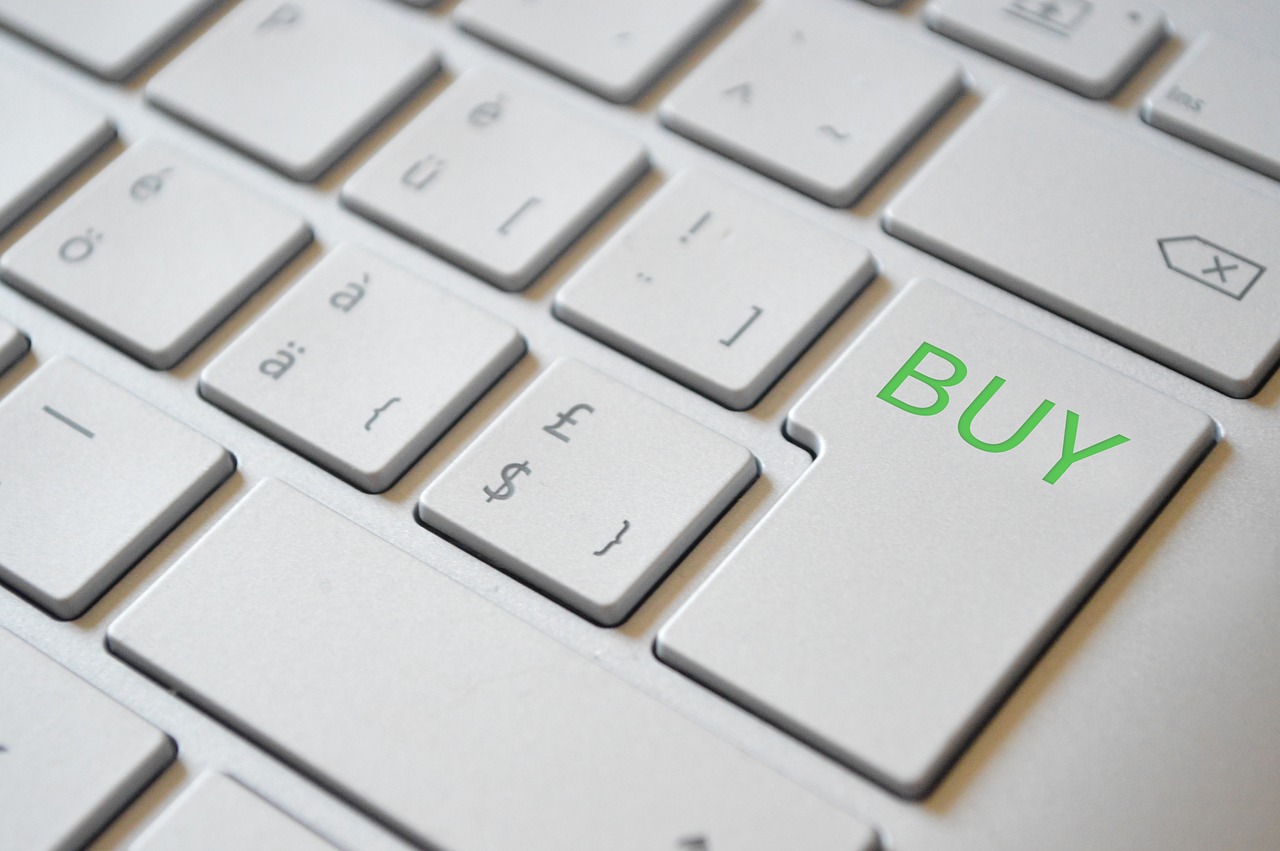Link copied
The Dollar Had Its Worst First Half in More than 50 Years. Will It Continue?
foreign exchange :: 2025-07-09 :: source - investopedia
By Polo Rocha
:max_bytes(150000):strip_icc()/GettyImages-2219535030-79a4a7d14e3d4c04842933d02089b737.jpg) The
dollar may have weakened in the first half of the year, but analysts
suspect its global investors diversifying their holdings. Sheldon Cooper / SOPA Images/ LightRocket via Getty Images
The
dollar may have weakened in the first half of the year, but analysts
suspect its global investors diversifying their holdings. Sheldon Cooper / SOPA Images/ LightRocket via Getty Images
The almighty U.S. dollar is down this year, and a recovery seems unlikely soon.
April’s market turmoil caused global investors to look beyond the United States, a dynamic that’s continued even as U.S. stocks hit record highs. The dollar posted its worst performance in the first half of the year since 1973, according to Deutsche Bank. It has fallen 10% against a basket of foreign currencies this year.
It’s a big change from the dollar’s steady rise for over a decade, when global investors used dollars to load up on U.S. stocks and bonds.
But the gloominess doesn’t mean the dollar’s decades-long reign in global markets is over, as some had speculated in April. The dollar’s status as the pre-eminent global currency remains alive and well, even if its reputation suffered a bit.
“Is the dollar at risk of losing its reserve currency status? The answer is: unqualified no,” said Ed Al-Hussainy, global interest rate strategist at Columbia Threadneedle Investments. “There's no alternative. There's no other currency. There's no behavior change this year that justifies that view.”
Why May the Dollar Face More Weakness?
Global investors—from Asian pension funds to European asset managers—have been overweight on U.S. assets for a long time.
But now some are buying fewer U.S. assets or shielding themselves from further dollar weakness by betting against it. The latter moves appear to have contributed significantly to the dollar’s woes this spring, a Bank for International Settlements report found.
Dollar softness may persist until 2027, as U.S. growth slows and its red-hot stock market grows more in line with other countries’, Adam Slater, lead economist at Oxford Economics, wrote in a research note.
“The disappearance of hefty growth and stock market differentials will weaken the case for investing in the U.S.,” Slater wrote, prompting capital inflows into the United States to drop.
Slower growth could prompt the Federal Reserve to cut interest rates, putting even more pressure on the dollar. That’s because U.S. bonds would pay less interest, making them less attractive and giving investors a reason to seek better returns elsewhere.
Some investors are also growing wary of volatile policymaking, said Crit Thomas, global market strategist at Touchstone Investments. Trump’s on-and-off tariffs, his attacks on Fed Chair Jerome Powell and rising U.S. deficits have all “created some distrust” in markets, Thomas said.
“Trust arrives on foot and it leaves on horseback,” he said.
The dollar could regain momentum if trade tensions ease. But Thomas said he’s struggled to “put together a story that would suggest the dollar is going to start to rally.”
Is There Anything Better Than the Dollar?
The good news for the dollar is that fears over a rival currency overtaking it were overblown.
“The dollar may be imperfect, but its crown is still secure,” Ed Yardeni, an economist who’s president of Yardeni Research, wrote in a note to clients.
The United States offers “transparency, liquidity and a reliable policy framework,” and there is “still no real alternative” to the dollar, he wrote.
For one, the U.S. bond market is massive, giving global investors an easy way to park their cash and earn interest. Its size far outstrips bond markets in China and Japan, and it dominates French, German and Italian bond markets even more.
A recent survey of central bank officials across the globe, which hold dollars in vast quantities, showed a mixed bag for the greenback.
Many central banks are diversifying and looking more toward the euro, renminbi and gold.
But the shift is one of “diversification over de-dollarisation,” according to the Official Monetary and Financial Institutions Forum, which conducts the annual survey. Over 80% of central banks said the dollar “still provides safety and liquidity,” and the vast majority expect its pre-eminent role to remain over the next decade.
“Though the foundations of the dollar-based financial system are being questioned, they remain intact for now,” the OMFIF said.
Source: Investopedia
This week top market trends.
-
Crypto Demand Fuels Growth As U.S. ETF Industry Hits $12.7 Trillion
2025-10-16 :: crypto :: 99bitcoins
Recent global market news
-

Dividend Paying Stocks With Consistency: What Sets Cisco Systems Apart
2025-09-22 :: :: insider monkey




